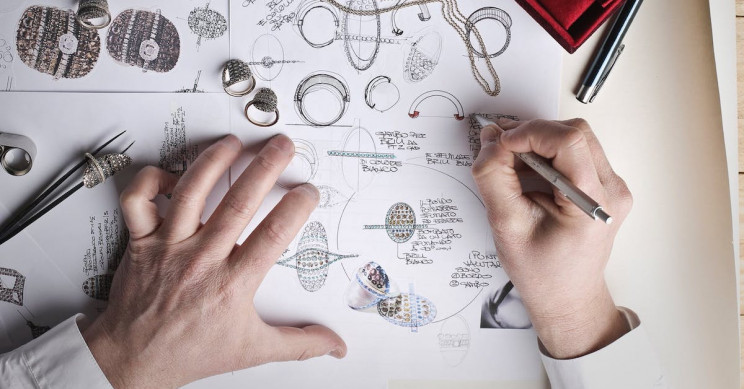Engineering design is the central task of the engineer. It is a complex process in which both creativity and analysis play major roles.
Design is the process of conceiving or inventing the forms, parts, and details of a system to achieve a specified purpose.
Design activity can be thought of as planning for the emergence of a particular product or system. Design is an innovative act whereby the engineer creatively uses knowledge and materials to specify the shape, function, and material content of a system. The design steps are (1) to determine a need arising from the values of various groups, covering the spectrum from public policy makers to the consumer; (2) to specify in detail what the solution to that need must be and to embody these values; (3) to develop and evaluate various alternative solutions to meet these specifications; and (4) to decide which one is to be designed in detail and fabricated.
An important factor in realistic design is the limitation of time. Design takes place under imposed schedules, and we eventually settle for a design that may be less than ideal but considered “good enough.” In many cases, time is the only competitive advantage.
A major challenge for the designer is to write the specifications for the technical product. Specifications are statements that explicitly state what the device or product is to be and do. The design of technical systems aims to achieve appropriate design specifications and rests on four characteristics: complexity, trade-offs, design gaps, and risk.
Complexity of design results from the wide range of tools, issues, and knowledge to be used in the process. The large number of factors to be considered illustrates the complexity of the design specification activity, not only in assigning these factors their relative importance in a particular design, but also in giving them substance either in numerical or written form, or both.
The concept of trade-off involves the need to make a judgment about how much of a compromise can be made between two conflicting criteria, both of which are desirable. The design process requires an efficient compromise between desirable but conflicting criteria.
In making a technical device, the final product generally does not appear the same as it had been originally visualized. For example, our image of the problem we are solving is not what appears in written description and ultimately in the specifications. Such differences are intrinsic in the progression from an abstract idea to its realization.
This inability to be absolutely sure about predictions of the performance of a technological object leads to major uncertainties about the actual effects of the designed devices and products.
These uncertainties are embodied in the idea of unintended consequences or risk.The result is that designing a system is a risk-taking activity.
Complexity, trade-off, gaps, and risk are inherent in designing new systems and devices. Although they can be minimized by considering all the effects of a given design, they are always present in the design process.
Within engineering design, there is a fundamental difference between the two major types of thinking that must take place: engineering analysis and synthesis. Attention is focused on models of the physical systems that are analyzed to provide insight and that indicate directions for improvement. On the other hand, synthesis is the process by which these new physical configurations are created.
Design is a process that may proceed in many directions before the desired one is found. It is a deliberate process by which a designer creates something new in response to a recognized need while recognizing realistic constraints. The design process is inherently iterative—we must start somewhere! Successful engineers learn to simplify complex systems appropriately for design and analysis purposes. A gap between the complex physical system and the design model is inevitable. Design gaps are intrinsic in the progression from the initial concept to the final product. We know intuitively that it is easier to improve an initial concept incrementally than to try to create a final design at the start. In other words, engineering design is not a linear process. It is an iterative, nonlinear, creative process.
The main approach to the most effective engineering design is parameter analysis and optimization. Parameter analysis is based on (1) identification of the key parameters, (2) generation of the system configuration, and (3) evaluation of how well the configuration meets the needs. These three steps form an iterative loop. Once the key parameters are identified and the configuration synthesized, the designer can optimize the parameters. Typically, the designer strives to identify a limited set of parameters to be adjusted.


